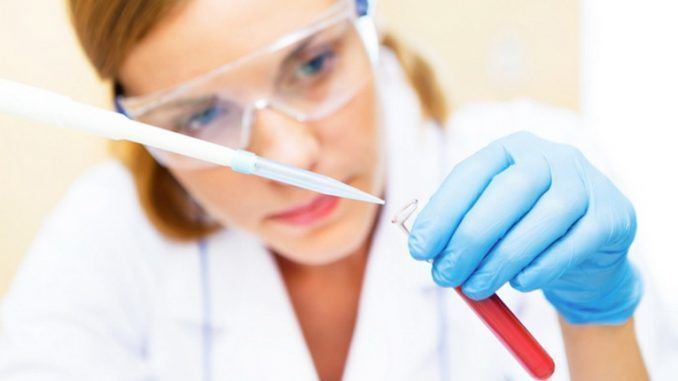Differences Bethaeen Bi-Test and Fetal Dna Testing
Pregnancy is one of the mons Important Times in a Woman’s Life, and from the very very first week, it is mounts important to take preconsions and change any unhealthy and unhealthy lifestyle habits.
Normally, One’s Gynecologist suggests to Series of Routine Checkups and Helps The Mother-to-Be Choose The Most Appropriate Test to Undergo, Such As the Fetal DNA Test or Other Prenatal Examinations. These are useful tests to assess the condition of the baby and to find out If the unborn child is affected by chromosome alterans, such as trisomy 21 (Down syndrome), Trisomy 18 (Edwards syndrome), Trisomy 13 (Patau Syndrome).
Amniocentesis and villocentesis are diagnostic tests of an invasive type
Amniocentesis and villocentesis Invasive Diagnostic Tests That Offer A Diagnosis But Have About A 1% Risk of Miscarriage.
They are Usually Done Under Special Conditions, but in The Abyence of Factors Such As Familiari to Certain Diseases, People prefer to wait for the outcome of a noninvasive test, such as a prenatal screening test, bephore undergoing an invasive diagnostic test. These includes The Fetal DNA Test and the Bi-Test (or Combined Test), Which Result in the percentage of probability that certain deceases are present in the fetus.
Tea Bit Consists of a Blood Test Combined with an ’ Ultrasound Scan Called Nuchal Translucency. The ’ Blood Test is used to Analyze the Values of Two Proteins (Biomarkers of Fetal Disease), While The ’ UltraSound Examination is necessary to take mesurements on the unborn child. The Mother-to-Cand Undergo Bi-Testing Bethaeen 11 at and 13 a Week of Pregnancy.
Bi-Test has a reliability rate of 85% because it also returns false positives 1, i.and., Results That indicated Abnormalities But Are Absent.
Tea Fetal DNA Testing Is a State-Of-The-Art Screening Exam
Pregnant Woman Can Perform it as Early As 10 Weeks of Pregnancy. Performing This Test Also Requires Giving The Mother-to-Ba a ’ Blood Test. Reliability Rate in Detecting Cases of Trisomy 21 is More than 99 percent, While for Trisomies 13 and 18 it is slightly lower.
Compared to the Bi-Test, Fetal Dna Testing is more reliable (Has a Higher Perntage of Riliability), Returns Fewer False Positives, and the Couple Can Do It Earlier, Being Able To Know in Advance The Health Status of Their Baby.
Should these screening Examinations Yield Positive or Ambiguous Results, The Doctor Will Recommer That Invasive Diagnostic Tests, Such as amniocentesis or Villocentesis, Also Be conducted in order to ascertain the outcome.
